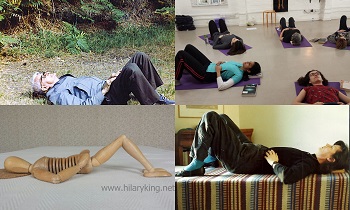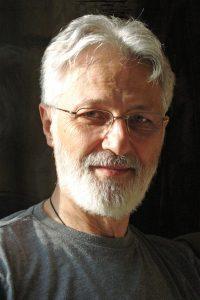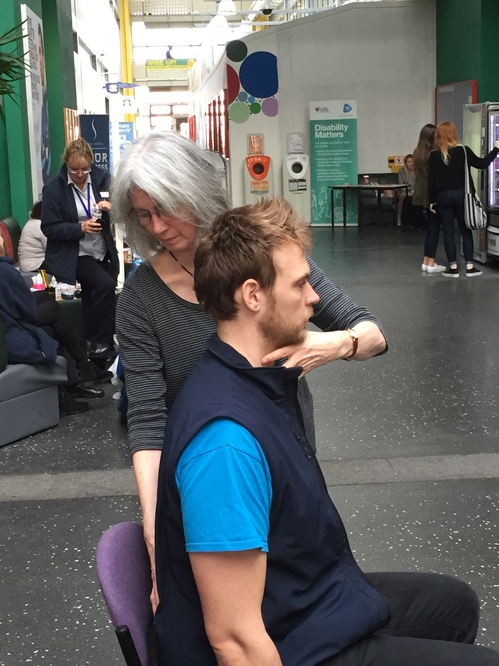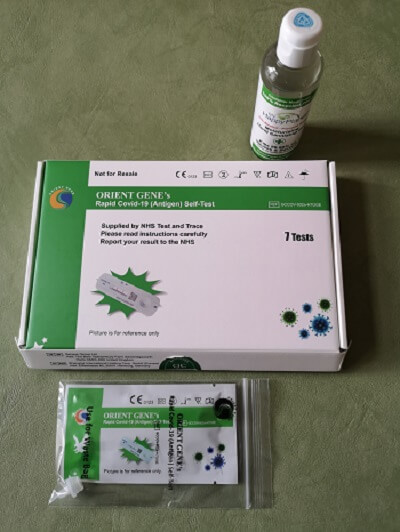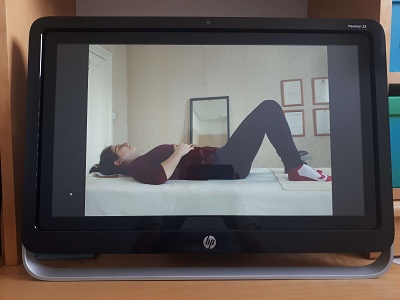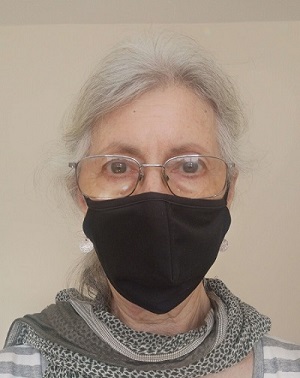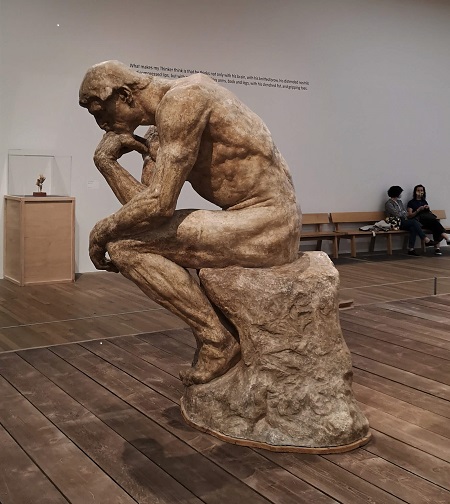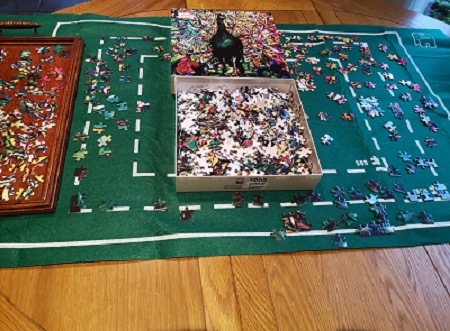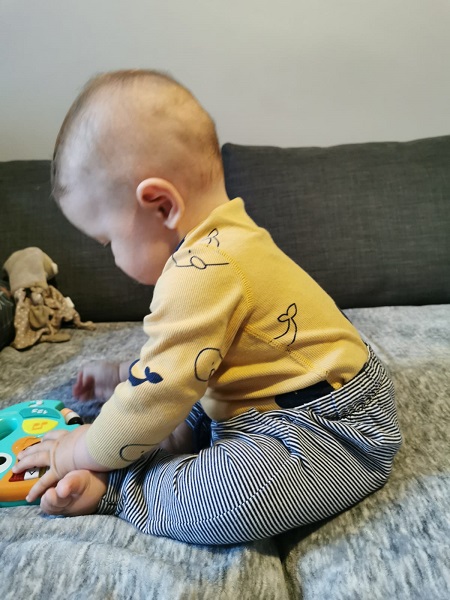So We’re Back to Compulsory Mask Wearing!
What is your reaction when you think of having to wear a mask again when you go into shops? For myself, there is little change, as I often wear a mask in crowded places. However, many people have stopped doing so for a while, so things will be different for them.
Some form of mask wearing is likely to be with us for a while, so it will be useful for us to notice which of our mask-related habits are unhelpful – then we can avoid them.

The Mask!
What is your reaction when you think of having to wear a mask again? Do you accept masks, as a protection for yourself and others? Or do they trigger anxiety and maybe seem claustrophobic? Or perhaps you feel angry that you have to wear one? Whatever your thoughts, there will be a corresponding physical reaction, often expressed as some sort of tension. We are all, as individuals and as societies, developing new behaviour patterns and habits as a result of Covid-19. It’s an interesting social phenomenon that we are all adapting to.
Initially, in 2020, I was quite anxious every time I needed to wear a mask, as it highlighted the fact that Covid-19 was dominating our lives. I probably frowned and I definitely tightened my jaw. My breathing was restricted and I often breathed through my mouth. Some early masks sucked in over the nose each time I inhaled, which didn’t help. I felt I couldn’t get enough air. I often tensed my neck and shoulders because it felt risky going out to do shopping. It was all part of my reacting with a ‘Covid crunch’ as I call it.
Added to all the Covid problems, I’d moved house just before lockdown and this intensified the sense of isolation and strangeness. Old ways of doing things felt unsafe and needed to be done differently. Too many changes happened all at once and that can be very stressful!
How do You Smile in a Mask?
I realised that if I smiled at someone, it couldn’t really be seen, so new strategies of communication were required. Exaggerating my eye movements and expressions were one way but sometimes this felt awkward and tense. Nodding my head to say hello was another strategy.
Talking can be problematic too as I needed to project my quiet voice more strongly, so that I could be heard clearly. Voices become muffled through masks, so hearing people can also be difficult.
How often do you see people straining to talk, pushing their head and neck forwards in order to hear and be heard? This doesn’t help much , especially if you having to wear masks for long periods whilst working. Some people end up with sore throats, croaky voice and a blocked nose.
Some of these problems can be avoided if we let go of our unhelpful habits of tension. These days I am more aware and less reactive to masks. But do you know what your reactions are?
Experiment
Why don’t you try an experiment? This is the sort of this we explore in Alexander lessons. Masks are always worn for face to face lessons but one of the nice things about online lessons is that we don’t need to wear masks! However we have to do so for many occasions, so let’s explore your relationship with masks.
1 Go and collect a face mask and as you pick it up, notice any reactions you have as you see it. Put it on, walk around and notice your reactions, both physical and emotional. After a while take the mask off and think about what you noticed.
2 Later, do the same thing with awareness. Prepare yourself in advance of putting on a mask and see if you can accept it as something to protect you. Pick it up, avoid any tension and put it on gently. Experience it as a way of caring for yourself. Walk around, then after a while take it off again, gently. Notice your reactions – are they the same, or have they changed?
Changing our thoughts and letting go of our habitual reactions of tension alters things. Many people find they reduce jaw and facial tension plus feel less claustrophobic, if they welcome mask-wearing rather than rebel against it. In this cold weather, they can also add a welcome bit of extra warmth!
What did you notice? Such a simple change as altering our attitude and body-use can make a big difference to our everyday experience of using masks!

